When March and April roll around, my mind turns to spring. The dull browns of winter fade away as spring takes the lead, decorating our landscapes with the vibrant greens of trees’ leafing out and the colorful blooms of flowers’ emerging.
Another decisive indicator of spring is bird migration. As we welcome the warmer temperatures, longer days, and stunning shades of Mother Nature painting her palette; our feathered friends instinctively begin their trip north in search of their mate and their favorite mating grounds.
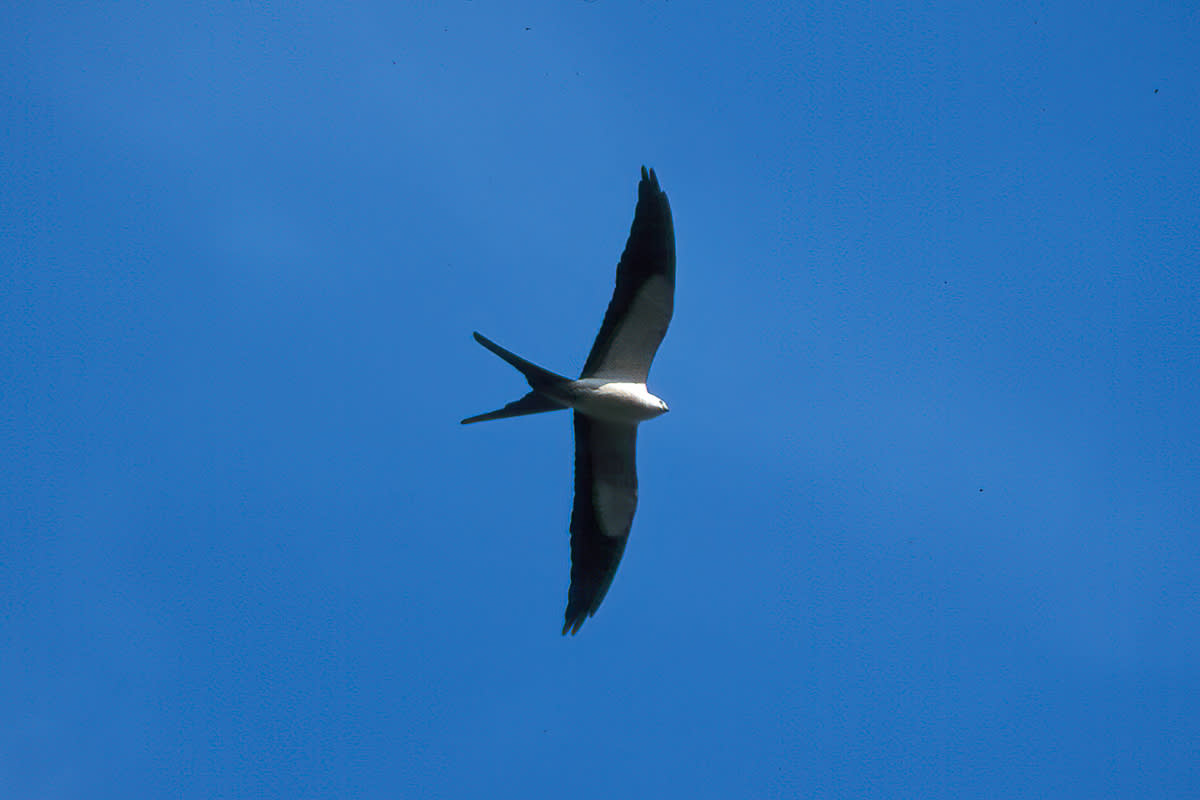 Swallow-tailed Kite (Donna Bush)
Swallow-tailed Kite (Donna Bush)
This northbound trip is most prominent from March to May as trans-Gulf migrants make the long, arduous journey from their wintering grounds in Mexico, the Caribbean, Central America, and South America. Roughly two million of our feathered friends flap their wings for several hundred miles to make landfall along the western and northern coasts of the Gulf of Mexico. They are ultimately headed to their breeding grounds, which may be here or further north.
With numbers so great, they can be tracked on weather radar! Check out Birdcast.info, devoted to providing real-time predictions! As an example, approximately 134,100 birds crossed Louisiana on the night of March 4, 2024, starting at 6:10 p.m. and ending March 5, 2024, at 6:30 a.m.
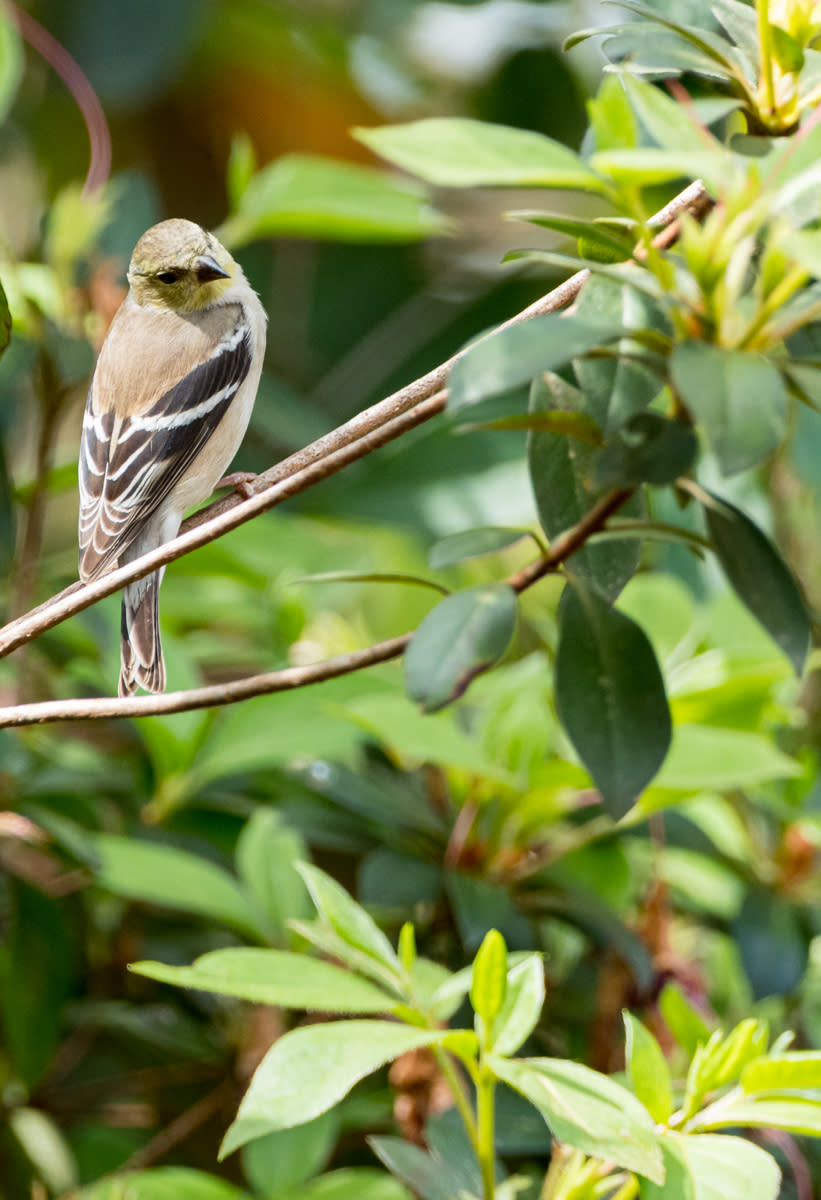
American Goldfinch (Donna Bush)
 Cedar Waxwing (Donna Bush)
Cedar Waxwing (Donna Bush)
Often, with a south wind, or tailwind to speed up their crossing over the Gulf; the bird’s flight is quite efficient. However, when the opposite happens, as often does, with a fast-moving cold front barreling south, bringing strong north winds and severe thunderstorms; the birds are placed in jeopardy as they exert all their energy just to make it to the first tiny spit of land they see.
We are fortunate to be located on the Mississippi Flyway, a bird migration route that follows the Mississippi, Missouri, and Lower Ohio Rivers in the United States across the western Great Lakes into Canada. This flyway consists of the states of Alabama, Arkansas, Indiana, Illinois, Iowa, Kentucky, Louisiana, Michigan, Minnesota, Mississippi, Missouri, Ohio, Tennessee and Wisconsin, and the Canadian provinces of Saskatchewan, Manitoba and Ontario. This means that numerous migrants will fly through our area on their routes north and south.
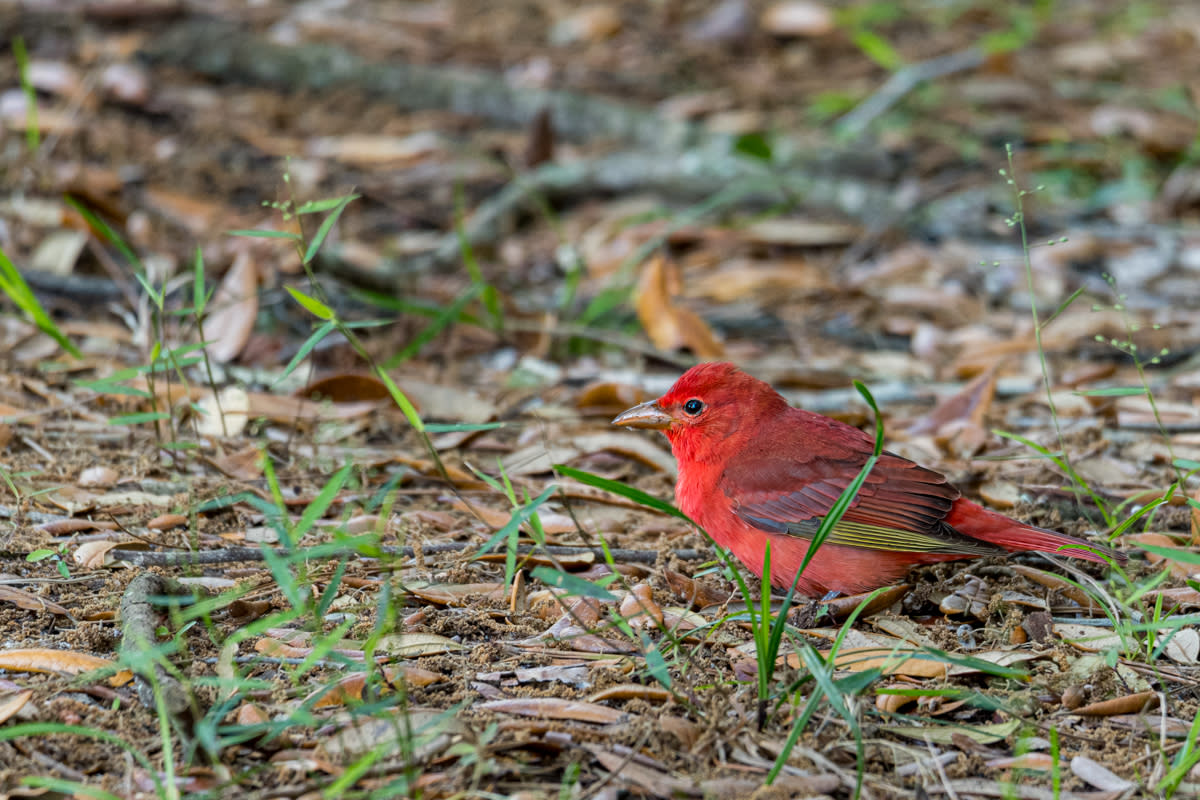 Summer Tanager (Donna Bush)
Summer Tanager (Donna Bush)
Per the National Audubon Society, almost half of the bird species and nearly forty percent of waterfowl of North America spend a portion of their lives in the Mississippi Flyway. This route provides excellent sources of food and water, along with zero mountainous areas to impede their travel. This, alone, offers wonderful birding opportunities along our coast.
According to Loyola University New Orleans, spring migration has morphed from March thru May to January thru June. Purple Martins arrive in January from their wintering area of southern South America. However, the first White-rumped Sandpipers that nest in the Arctic don’t arrive until mid to late April through June.
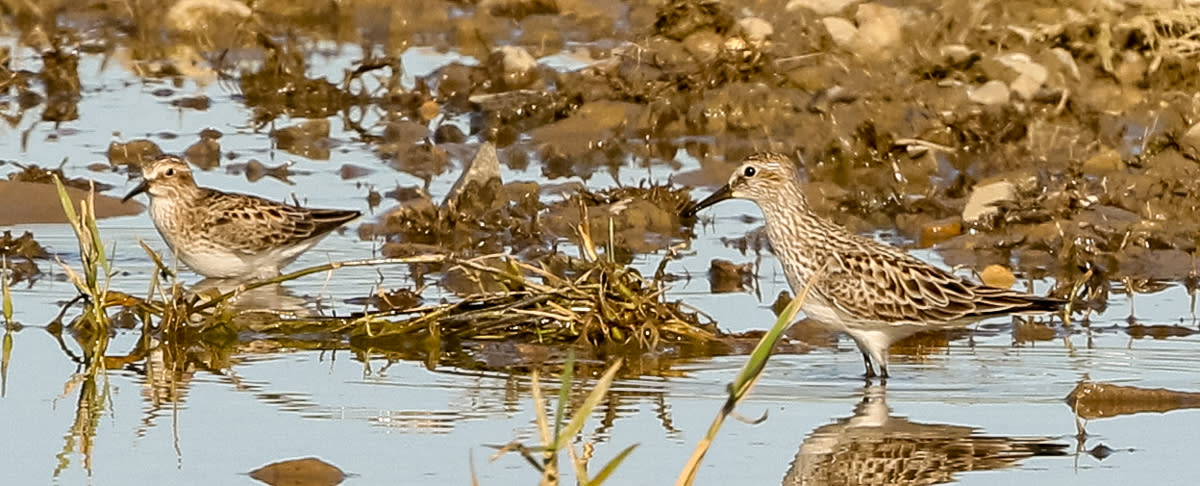 White-rumped Sandpiper (Joan M. Garvey)
White-rumped Sandpiper (Joan M. Garvey)
Per eBird.org, 189 spring migrants have been recorded within Big Branch Marsh National Wildlife Refuge on the Northshore.
This refuge offers an important stopover location for hundreds of migrants making their way northward. By offering a variety of habitats and food choices, this sanctuary provides a significant benefit to our feathered friends.
While all this data is extremely interesting, this does not mean that you will be able to see every migrant as they pass through. Your best option is to visit early in the day, late in the day, and often. More migrants are likely to be seen from late March into April. Check birdcast.info for real-time data.
 Chipping Sparrow (Donna Bush)
Chipping Sparrow (Donna Bush)
There are two species of birds recorded at Big Branch in decent numbers that can only be observed in spring on the refuge: the White-rumped Sandpiper and the Bobolink. The White-rumped Sandpiper can be found from late April through the month of May. The Bobolink heads north through Big Branch for the entire month of May. White-rumped Sandpipers choose the furthest areas of arctic Alaska and Canada for their nesting grounds.
Bobolinks are one of the world’s most impressive songbird migrants as they travel roughly 12,500 miles to and from southern South America each year.
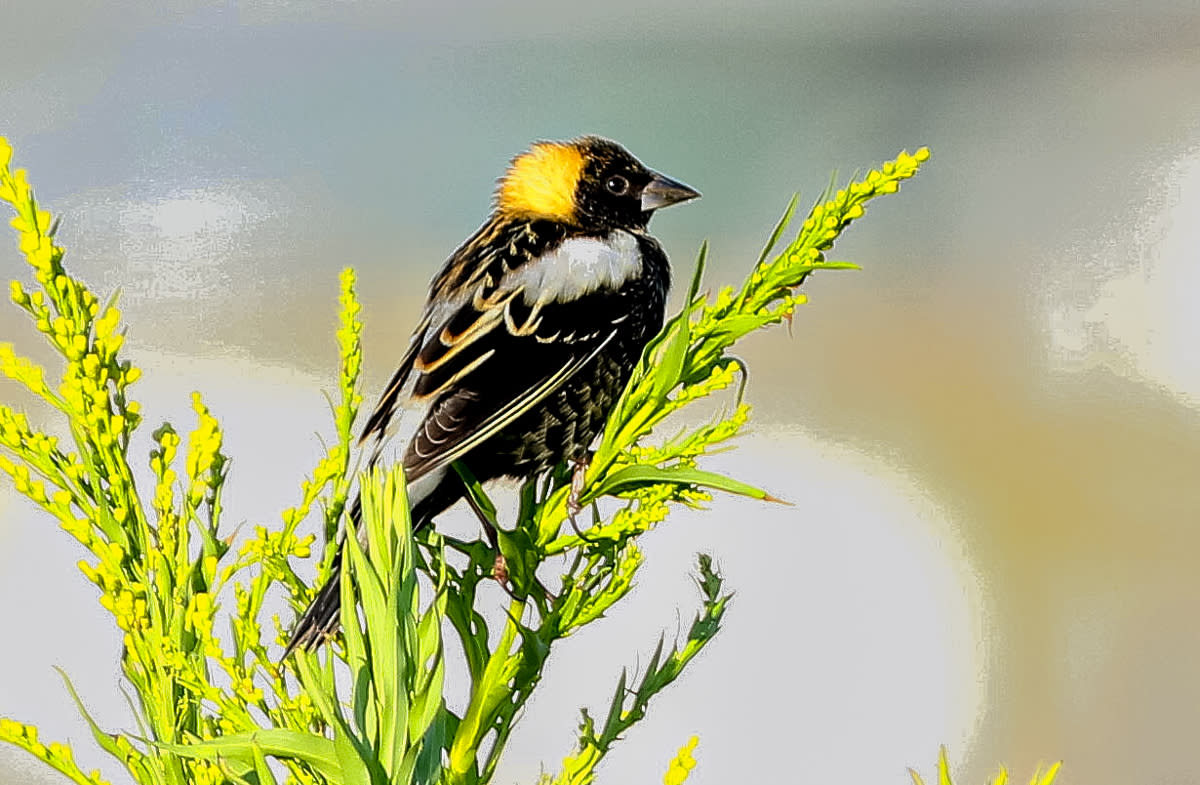 Bobolink (Joan M. Garvey)
Bobolink (Joan M. Garvey)
A few of the migrants you might see in Big Branch Marsh are: American Goldfinch, Cedar Waxwing, Blue Grosbeak, Indigo Bunting, Painted Bunting, Summer Tanager, a multitude of tiny warblers and sparrows, as well as Swallow-tailed Kites, Bald Eagles, White-rumped Sandpipers and Bobolinks.
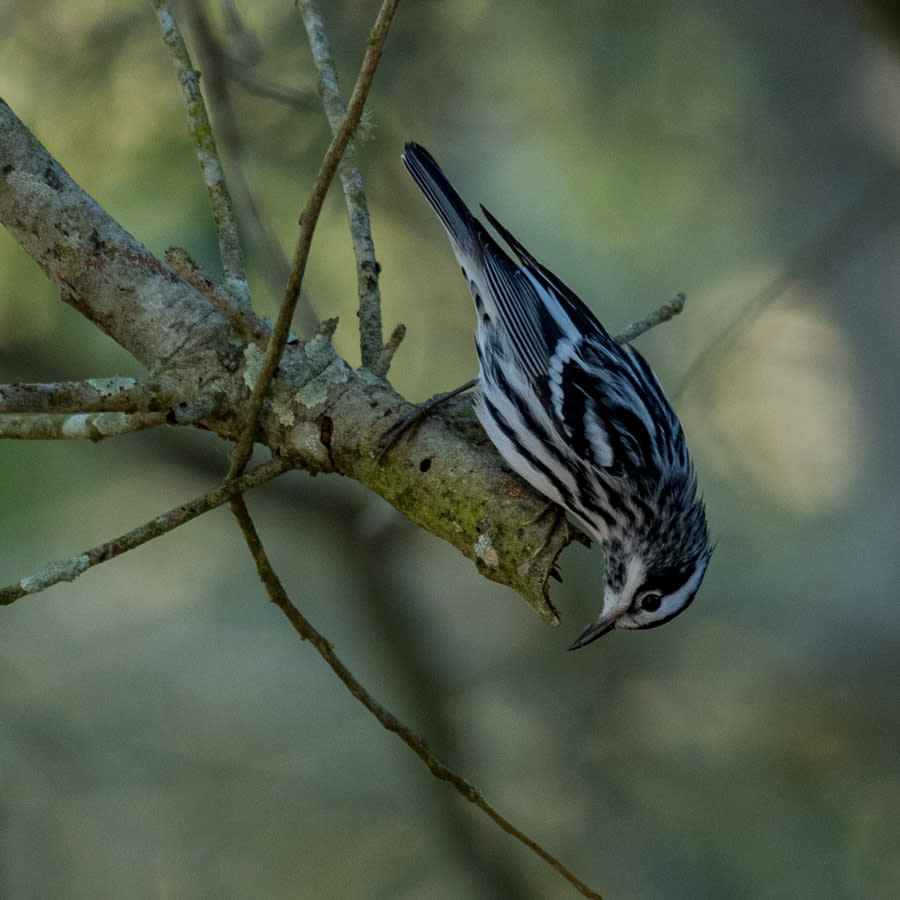
Black-and-white Warbler (Donna Bush)

Yellow-rumped Warbler (Donna Bush)
The Big Branch Marsh federal wildlife refuge is 15,000 acres of pine flatwoods and coastal marsh with a diverse habitat, a wonderful example of the natural coastline of Lake Pontchartrain. The refuge features nature trails and outdoor recreational facilities, and is home to hundreds of bird species, including the rare Red-cockaded Woodpecker, Bald Eagles and wading birds. As such, this National Wildlife Refuge is a favorite birding destination for aficionados across the United States.
Also on the grounds of the refuge is the Bayou Lacombe Visitor Center, which offers a variety of educational, nature-focused programs for all ages, for free. Be sure to check the Visit The Northshore event calendar for some of these events.
The Center and main offices are generally open Thursday through Saturday from 9 a.m. to 4 p.m. Walking trail brochures are available that provide site background for your self-guided adventure. The grounds are open Monday - Friday 7:30 a.m. - 4 p.m. and Saturdays 8:30 a.m. - 4 p.m.
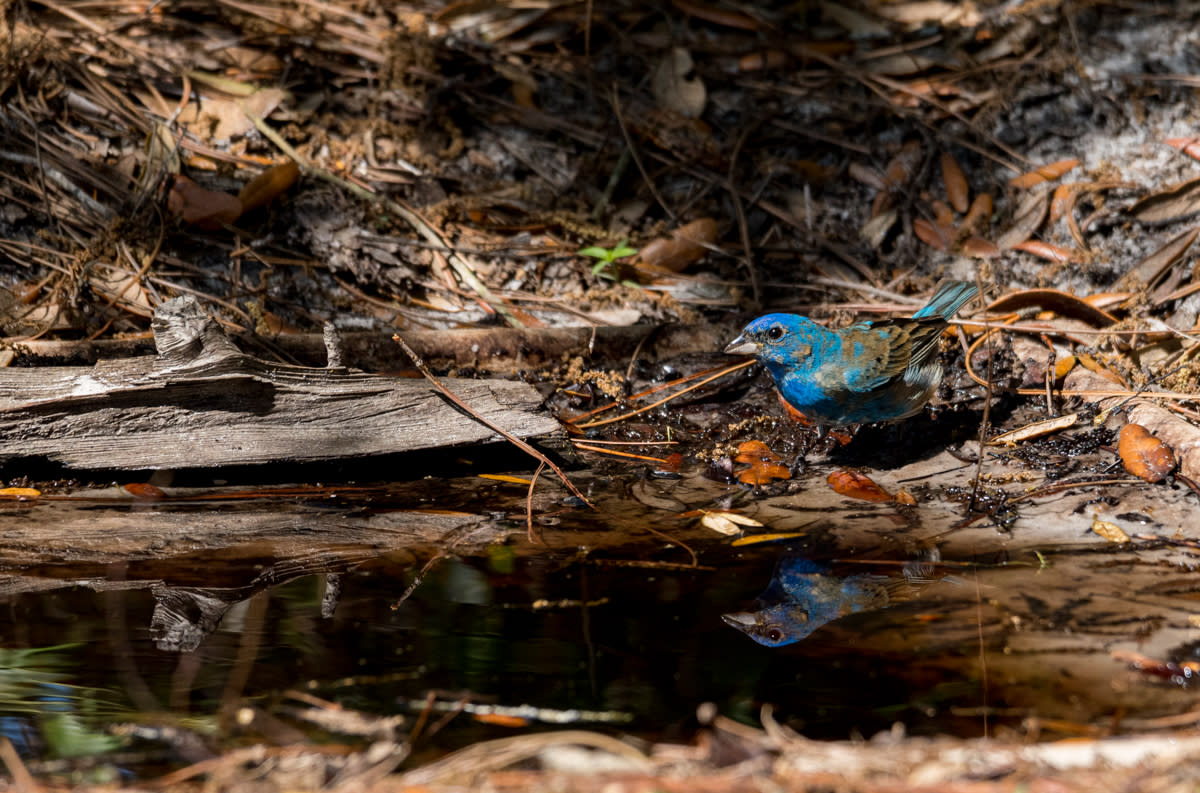 Male Indigo Bunting (Donna Bush)
Male Indigo Bunting (Donna Bush)
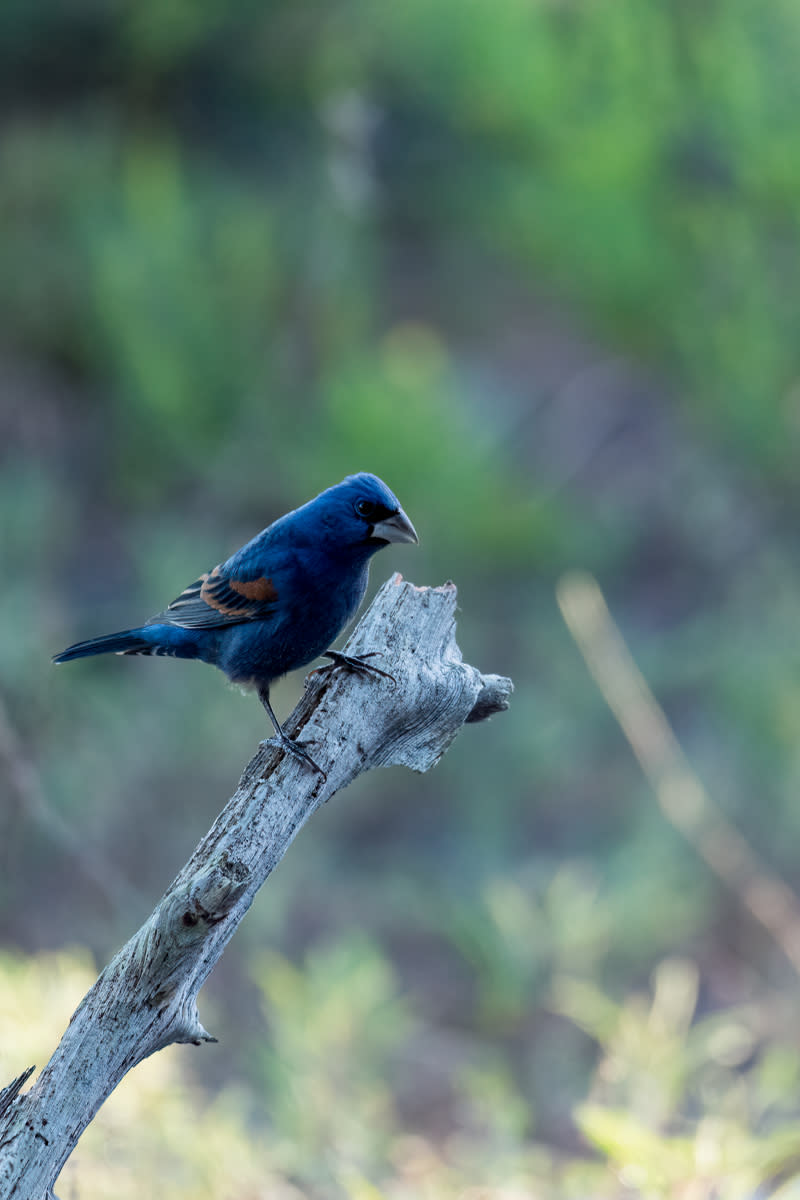
Male Grosbeak (Donna Bush)

Female Grosbeak (Donna Bush)
Story contributed by Donna Bush, photos by Donna Bush, Friends of Louisiana Wildlife Refuges, and and Joan M. Garvey.